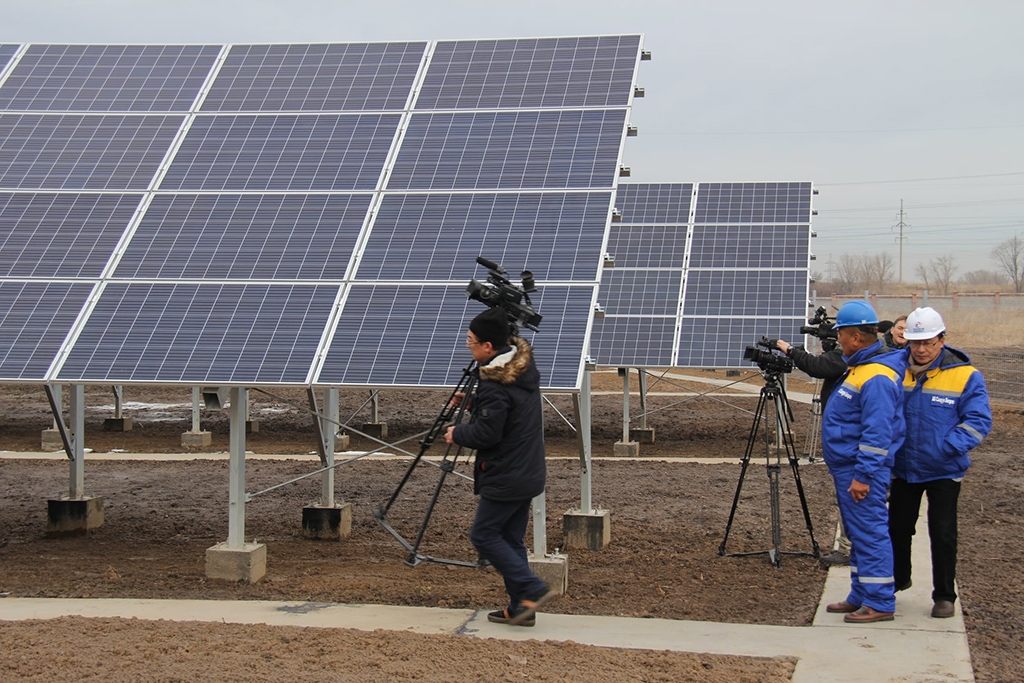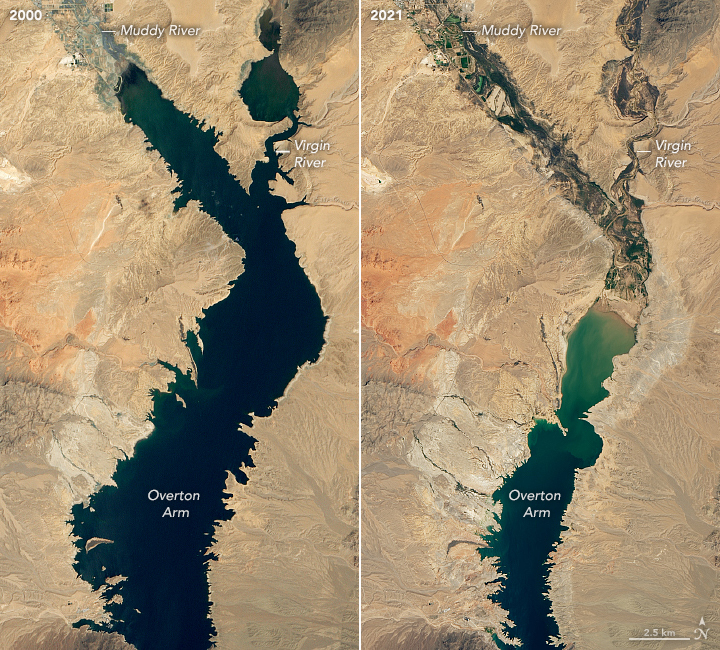India Pivots To Solar As Coal Shortages Grip The Country
The Indian economy may be languishing under the pressure of coal shortages at present, but the subcontinent is betting its future on solar. As Prime Minister Narendra Modi makes lofty pledges at the COP26 climate summit in Glasgow, however, India continues to ramp up coal production back at home. A tale of two Indias is unfolding: one that is at the cutting edge of renewable energy technology and is building some of the most ambitious solar projects in the world at both macro- and micro- scales, and another that is entirely beholden to fossil fuels to meet its ever-growing energy demand.
India’s current goals, as avowed before the rest of the world at COP26 this month, are to reach carbon neutrality by 2070 and reduce its emissions per unit of GDP by 45% by 2030.
India’s current goals, as avowed before the rest of the world at COP26 this month, are to reach carbon neutrality by 2070 and reduce its emissions per unit of GDP by 45% by 2030. This carbon neutrality benchmark is 10 years behind China and 20 behind the United States, but nevertheless represents a massive undertaking and complete overhaul of the country’s energy industry. India is the third largest emitter of carbon dioxide in the world (trailing, once again, behind China and the United States) and relies on coal, the dirtiest fossil fuel, for the majority of its energy needs. “India is the second largest importer of coal despite having the world’s fourth largest reserves, and coal powers over 70% of the country’s electricity demand,” Reuters reported in September.


Cutting that reliance on coal is going to be difficult, to say the least. India is barely keeping up with its demand as-is, without trying to cut back on fossil fuels. And the country’s energy consumption will only continue to grow along with its massive and expanding middle class. To meet its climate goals, India will have to ramp up renewable energy production on a massive scale. Indeed, by 2030, “India plans to ramp up its renewable energy capacity from 134 gigawatts today to 500 gigawatts, supplying half of its projected energy needs,” National Geographic wrote this week. “If that plan succeeds it would be an extraordinary achievement.”
India’s solar ambitions are not limited to solar mega-parks and large-scale state projects, however. One of the challenges of powering a nation as large and as rural as India is the spread-out and remote conditions that so much of its population lives under. Tiny solar micro-projects have started to pop up around the nation as a single solution to the two-pronged challenge of electrifying the Indian countryside without raising the country’s carbon footprint.
National Geographic reports on such innovative micro-endeavors as Durga Energy and Udaan Energy, which are staffed by marginalized women lacking formal education in rural areas, pairing social, economic, and ecological imperatives in one sleek, synergistic package. These companies have a small impact on their own, but the hope is that the model will be easily adopted by communities around India, scaling out in addition to scaling up solar power capacity on the subcontinent.
“When solar panels are produced locally, people will buy locally and money will circulate within the local economy,” Chetan Solanki, co-founder of Durga Energy and a solar energy expert at the Indian Institute of Technology told NatGeo. “Solar technology—when it becomes affordable and locally produced—will allow communities to become self-sufficient in energy,” he continued.
India’s overall approach to solar energy production, with growth and development at so many levels, from the largest to the smallest solar companies in the world, holds great promise for the resilience and sustainability of the nation’s renewable revolution. The question is whether it will be enough to make a real dent in the nation’s massive coal consumption. The scale of that challenge can’t be overstated, but then again the urgency of climate change mitigation has never been greater, and India stands to suffer more than most countries from the impact of global warming.
By Haley Zaremba for Oilprice.com
Comments
-
-
Mark Jonson
Quis hendrerit dolor magna eget. Pretium nibh ipsum consequat nisl. Nunc eget lorem dolor sed viverra ipsum nunc aliquet bibendum.
-





Jena Smithson
Morbi tincidunt ornare massa eget. Dapibus ultrices in iaculis nunc sed augue lacus viverra vitae. Malesuada fames ac turpis egestas integer eget aliquet tellus id interdum.